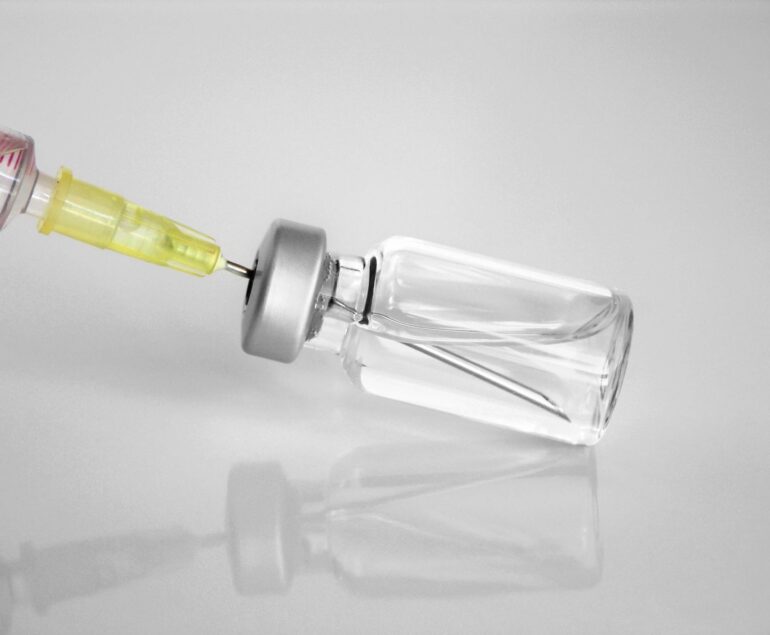Can you trust the results?
Perhaps you heard about a report last week that attempts to demonstrate that jet aircraft are very safe environments with respect to COVID transmission. I went to the new report (conducted by the US Department of Defense & United Airlines) which concludes that there is very low risk of transmission of the SARS CoV2 virus on commercial jet aircraft.
One of the things I check when I’m looking at a study is the professional affiliation of the main authors and the funding source for the study. Not that the author’s institutions and the funding source that paid for the study are the end all and be all of credibility… but it does help me to think through whether there’s a chance that the investigators may have a conflict of interest that led them to put their hand on the scale. This report was jointly conducted by the DOD and United Airlines. I’ll just leave it at that.
The study occurred onboard United Airlines aircraft. The report states that fast onboard air recirculation, downward designed air ventilation, and efficient HEPA filters “make the cabin of a United airplane one of the safest indoor environments in the world”. Quite a statement indeed!
The investigators used fluorescent aerosol tracers between 1-3 µm (micron) and optical sensors, coupled with DNA-tagged tracers to measure aerosol deposition. They tested planes for 8 days (both inflight and ground tests) on Boeing 777-200 and 767-300 airframes.
Tracer aerosols were released from a simulated infected passenger in multiple rows and seats to determine their risk of exposure and penetration into breathing zones of nearby seats. Over 300 aerosol release tests were performed, releasing 180M fluorescent tracer particles from the aerosol source (simulated virus aerosol), with 40+ Instantaneous Biological Analyzer and Collector (IBAC) sensors placed in passenger breathing zones for real-time measurement of simulated virus particle penetration.
Their results found that there was a 99.7% reduction of 1 µm simulated virus aerosol from the index source to passengers seated directly next to the source. An average 99.99% reduction was measured for the 40+ breathing zones tested in each section of both airframes.
The authors attribute aerosol reductions to the dilution, mixing and purging of aerosol from the simulated source due to high air exchange rates, downward ventilation design, and HEPA-filtered recirculation.
They concluded that “… transmission model calculations using the measured aerosol breathing zone penetration data indicates an extremely unlikely aerosol exposure risk for a 12-hour flight when using a 4,000 virion/hour shedding rate and 1,000 virion infectious dose”.
They also conclude that there is “… virtually zero risk of COVID-19 transmission on airplanes when a passenger is seated and wearing a mask, as on average only 0.003% of infected air particles could enter their breathing zone, even when every seat on the plane is occupied”. Alrighty then.
Remember, this is one report, and it’s not published in a peer-reviewed journal. Furthermore, it doesn’t use epidemiological or observational human data or observations. Rather, it is a study that simulates virus aerosols and records the percent reduction of those particles over time. It does not establish whether the SARS CoV2 virus behaves nor what the likelihood is that particles from an infected passenger will infect fellow passengers.
To be honest, when I read the following statement in their executive summary, I had pretty much made up my mind whether I trust these results.
The study occurred onboard United Airlines aircraft found that “… fast onboard air recirculation, downward designed air ventilation, and efficient HEPA filters make the cabin of a United airplane one of the safest indoor environments in the world”. C’mon.

